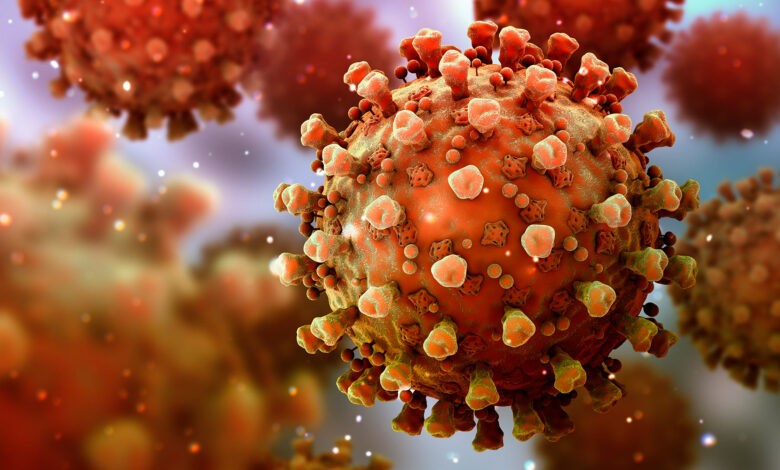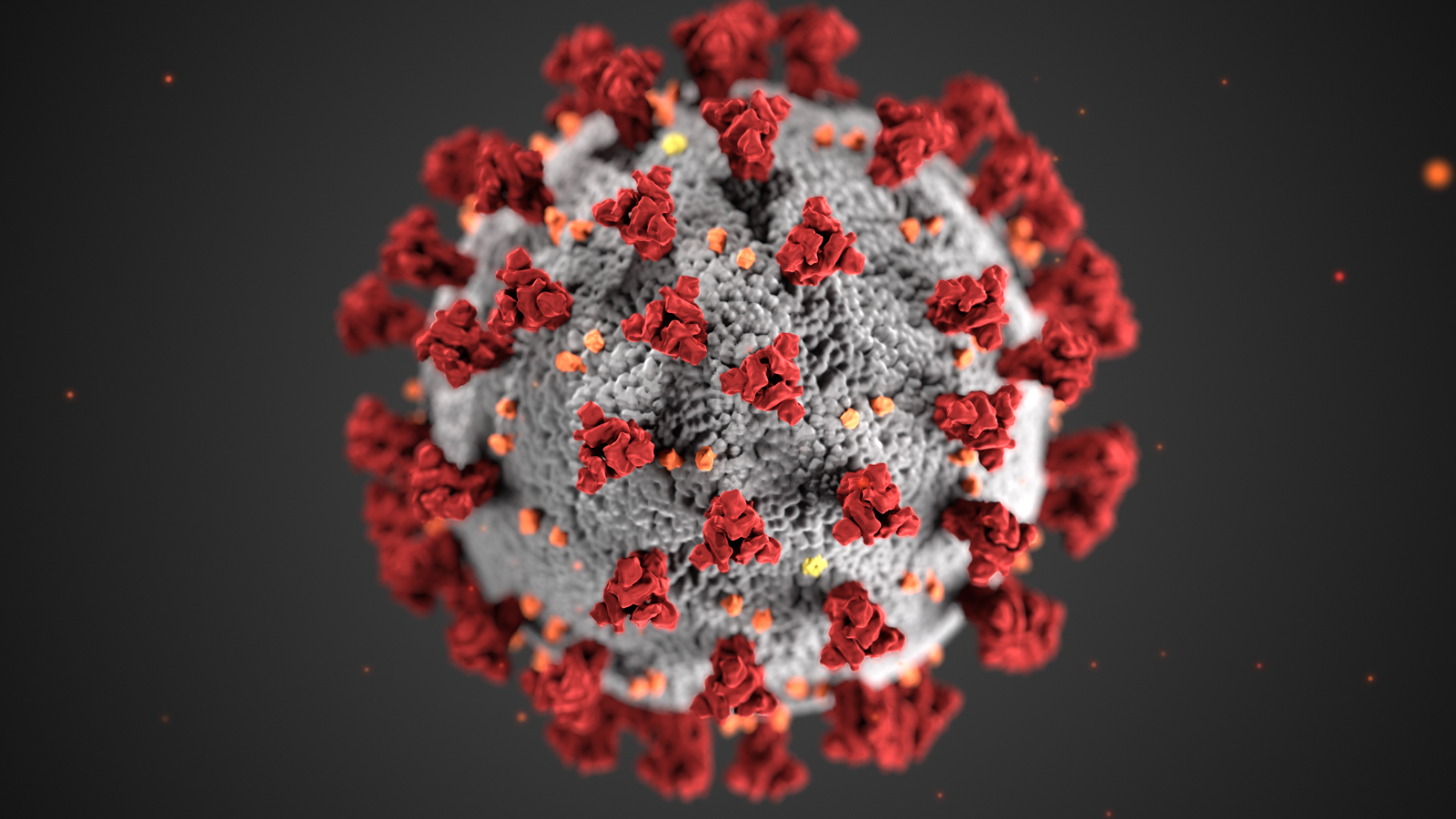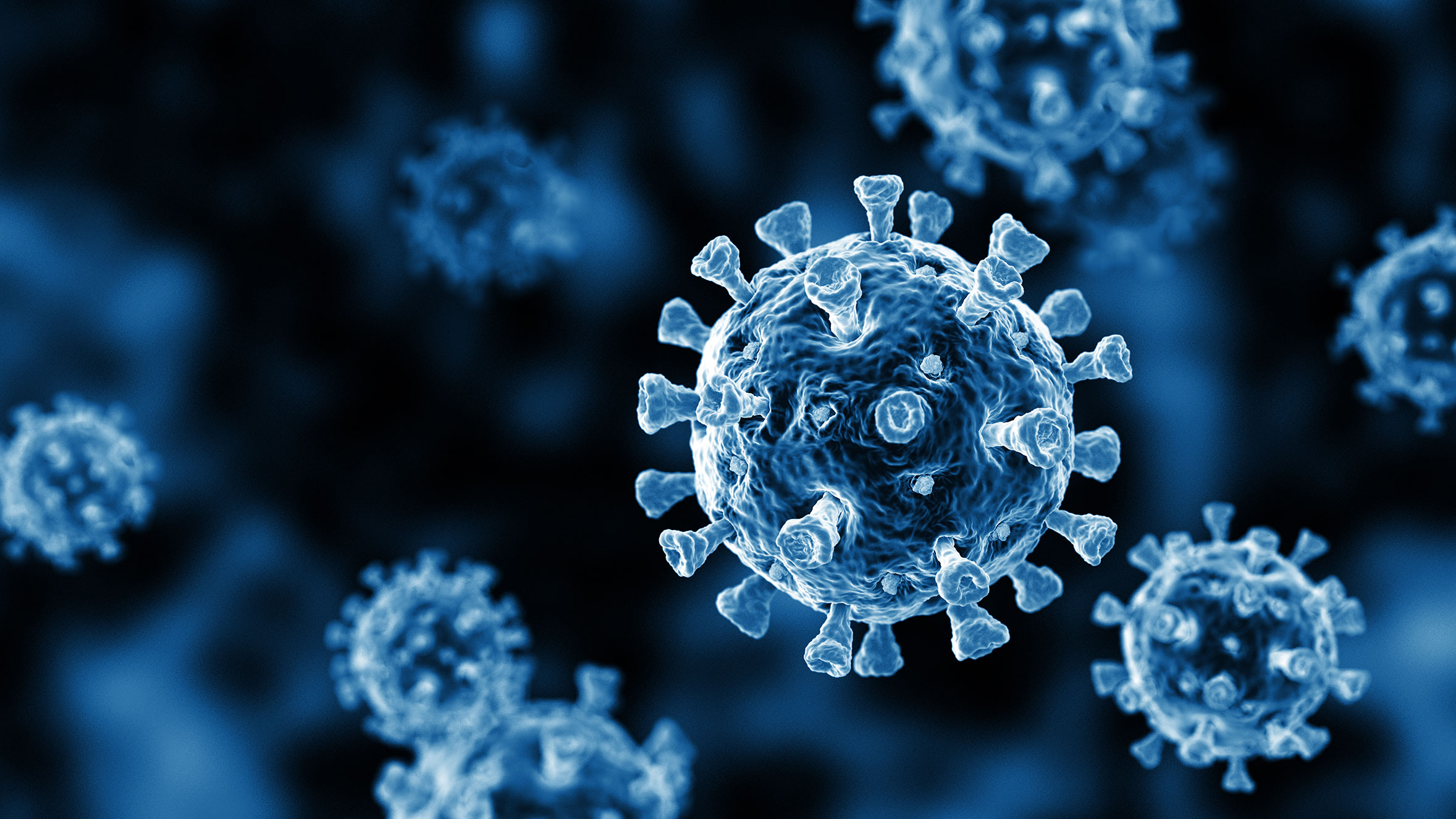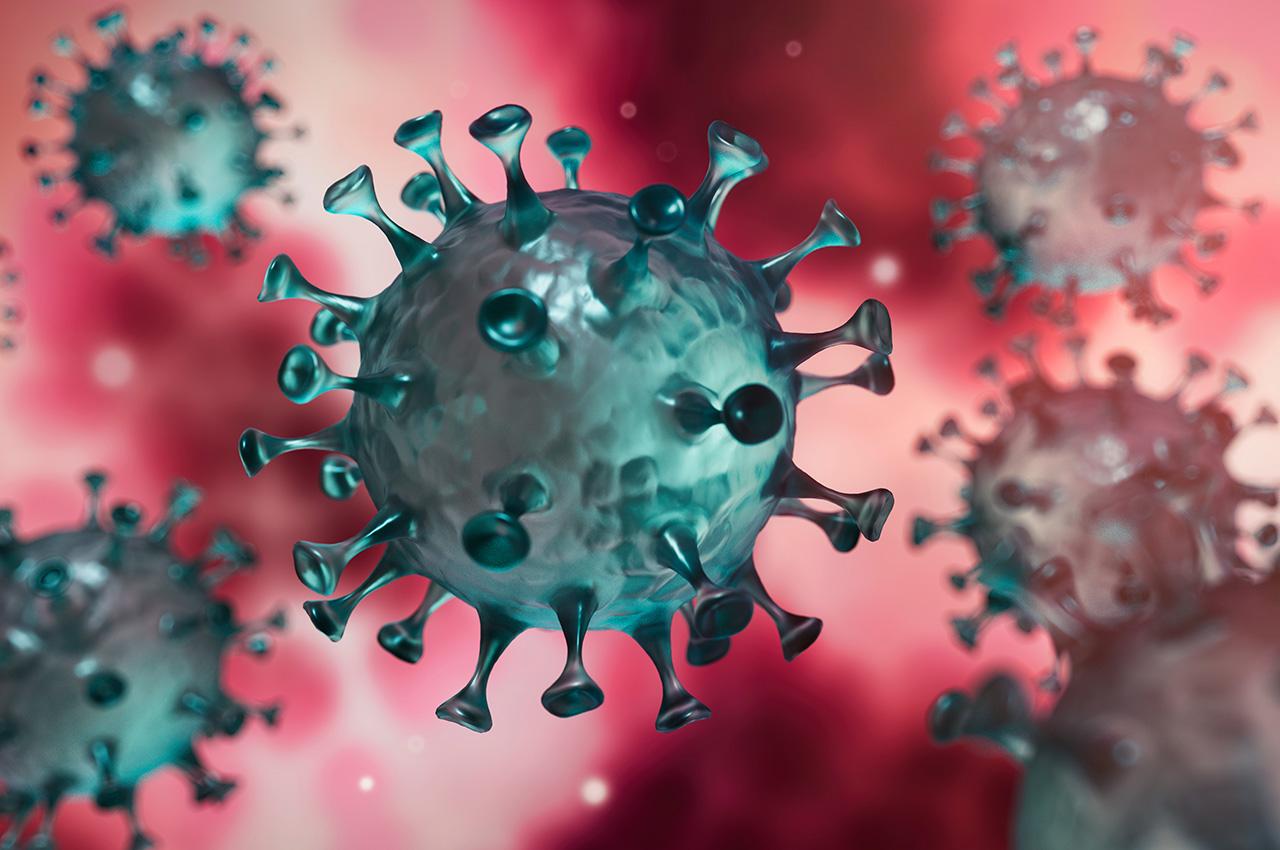A Simple Mutation May Render The COVID-19 Obsolete: Study

A Simple Mutation May Render The COVID-19 Obsolete: Study
Researchers at the University of North Carolina (at Chapel Hill), and the University of Wisconsin-Madison (in the US) have reported that a new strain of coronavirus, called D614G, emerged in Europe, and has speedily become the most common strain of SARS-CoV-2 in the world.

Their research, published in the Science journal, has exhibited that the D614G strain replicates faster than the novel strain, and is more transmissible than the virus strain hailing from Wuhan, China, that spread during the initial phases of the pandemic. While the D614G strain spreads faster, in animal studies it was not associated with more severe disease, and the strain is slightly more sensitive to neutralization by antibody drugs, the researchers said.
This common mutation in the novel coronavirus has enabled it to spread quicker than before around the world, and may also make it more susceptible to any vaccine in its developing stages, according to the study. This study also showcases some of the first concrete findings about how SARS-CoV-2, which causes COVID-19, is evolving as a virus. Ralph Baric, a professor at the Chapel Hill university, had commented that “the D614G virus outcompetes and outgrows the ancestral strain by about ten-fold, and replicates extremely efficiently in primary nasal epithelial cells, which are a potentially important site for person-to-person transmission.”
The D614G mutation causes a flap on the tip of one spike to pop open, “allowing the virus to infect cells more efficiently but also creating a pathway to the virus’ vulnerable core”, the study quotes. “With one of the flaps open, it is easier for antibodies – like the ones in the vaccines currently being tested – to infiltrate and disable the virus”, the researchers have reported. They believe that the D614G strain of coronavirus dominates because it increases the spike protein’s ability to open cells for the virus to infect in an increasingly easier and efficient manner.

“The original spike protein had a ‘D’ at this position, and it was replaced by a ‘G,'”Yoshihiro Kawaoka, a virologist at the University of Wisconsin-Madison, reported that “the original spike protein had a ‘D’ at this position, and it was replaced by a ‘G’. Several papers had already described that this mutation makes the protein more functional and more efficient at getting into cells.”
The University of Wisconsin-Madison researchers performed replication and airborne transmission studies with both the original virus and the mutated version. Their earlier work, however, relied on a pseudo-typical virus that included the receptor-binding protein, but was not authentic, they asserted. Using reverse genetics, Ralph Baric’s team replicated a matched pair of mutant SARS-CoV-2 viruses that encoded D or G at position 614, and compared basic property analysis using cell lines, primary human respiratory cells, and mouse and hamster cells.
Hamsters were inoculated with one virus or the other. The next day, eight uninfected hamsters were placed into cages next to infected hamsters. There was a divider between them so they could not touch, but air could pass between the cages. They found that the mutated virus not only replicates about 10 times faster — it’s also much more infectious. With the mutant virus, the researchers saw transmission to six out of eight hamsters within two days, and to all the hamsters by day four.
With the original virus, they saw no transmission on day two, though all of the exposed animals were infected by day four. Researchers began looking for replication of the virus in the uninfected animals on day two. Both viruses passed between animals via airborne transmission, but the timing was different.
 However, the researchers caution that the pathology results may not hold true in human studies. “We saw that the mutant virus transmits better airborne than the original virus, which may explain why this virus dominated in humans,” Yoshihiro Kawaoka commented. The researchers also examined the pathology of the two coronavirus strains. Once hamsters were infected, they presented essentially the same viral load and symptoms. This suggests that while the mutant virus is much better at infecting hosts, it doesn’t cause significantly worse illness, they said.
However, the researchers caution that the pathology results may not hold true in human studies. “We saw that the mutant virus transmits better airborne than the original virus, which may explain why this virus dominated in humans,” Yoshihiro Kawaoka commented. The researchers also examined the pathology of the two coronavirus strains. Once hamsters were infected, they presented essentially the same viral load and symptoms. This suggests that while the mutant virus is much better at infecting hosts, it doesn’t cause significantly worse illness, they said.
Apart from the D614G mutation, scientists have also found another mutation in the SARS-CoV-2 strain.
According to Nature, scientists “have identified a SARS-CoV-2 mutation that allows the virus to escape recognition by several antibodies manufactured as COVID-19 treatments.” The mutations affect a protein segment called the receptor-binding domain, which the virus uses to bind to and enter cells. The researchers found one mutation that caused the virus to escape recognition by Regeneron’s antibody cocktail, and a few others that helped it to escape one of the three antibodies.

Few of these mutations are circulating widely in infected people. But one is prevalent in Europe, and another has been detected in the Netherlands and Denmark, where it has been found in SARS-CoV-2 samples taken from mink and people working at mink farms. The findings have not yet been peer reviewed, however.




